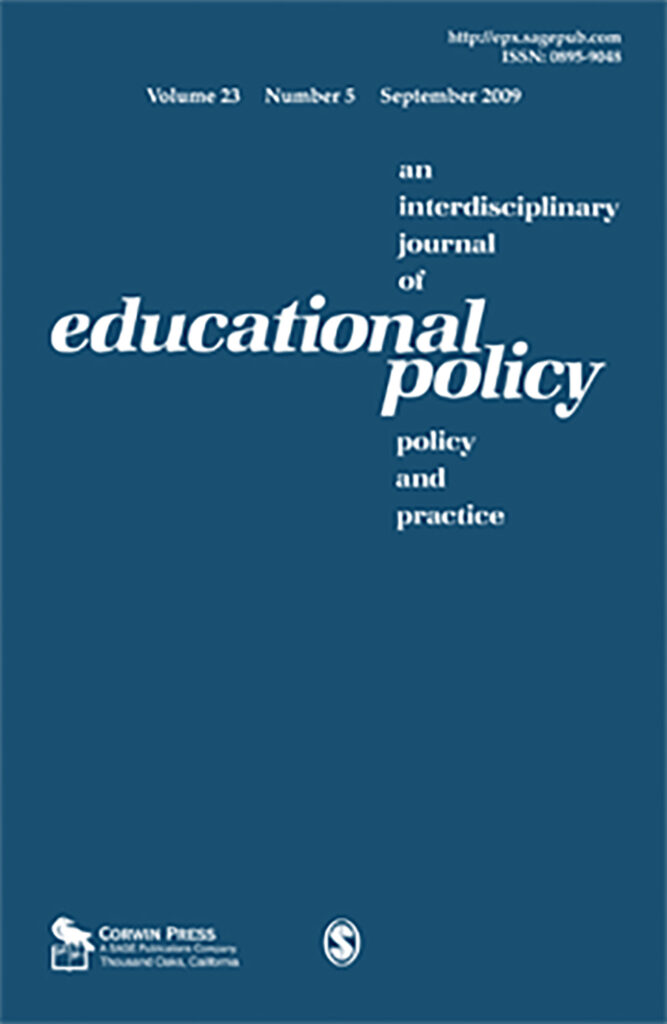EXCERPT:
PUBLIC HIGHER EDUCATION in the United States has emerged as a force for expanding postsecondary opportunity beyond a small elite to one that develops communities and society more broadly. Beginning with the G.I. Bill after World War II and expanding greatly with the 1965 Higher Education Act, the creation of college access programs, the initiation of affirmative action, and the creation and expansion of colleges across the United States in the l960s and 1970s, access to college has increased dramatically. Moreover, the structure of the American economy has changed such that is increasingly dependent on college-educated workers. The expectation that a larger and larger percentage of young people will go on to college has risen in all sectors of society. However, the children of the baby boomers (who filled the colleges in the 1960s and 1970s) are now hitting college age at the same time that the United States is burdened with taxation policies that have drained state and federal funds needed to adequately support these young people’s aspirations to go to college. A shrinking share of state resources is going to higher education, and what federal college aid and subsidies do exist are shifting from students who are low income to students who are middle class as socalled merit scholarships take a larger portion of the funds that used to be reserved for the poor. Skyrocketing tuition, shrinking capacity, and the demise of affirmative action in some states have all taken a toll on the hopes and dreams of many youth who are low income and minority. The higher education system that was built to accommodate the parents of this generation of college students is inadequate to meet the expanding need for postsecondary education in the 21st century…
To read the introduction in its entirety and the other articles in this issue see:
The Access Crisis in Higher Education, Educational Policy, Vol. 19; No. 2 May 2005
or go to: doi 10.1177/0895904804274060
